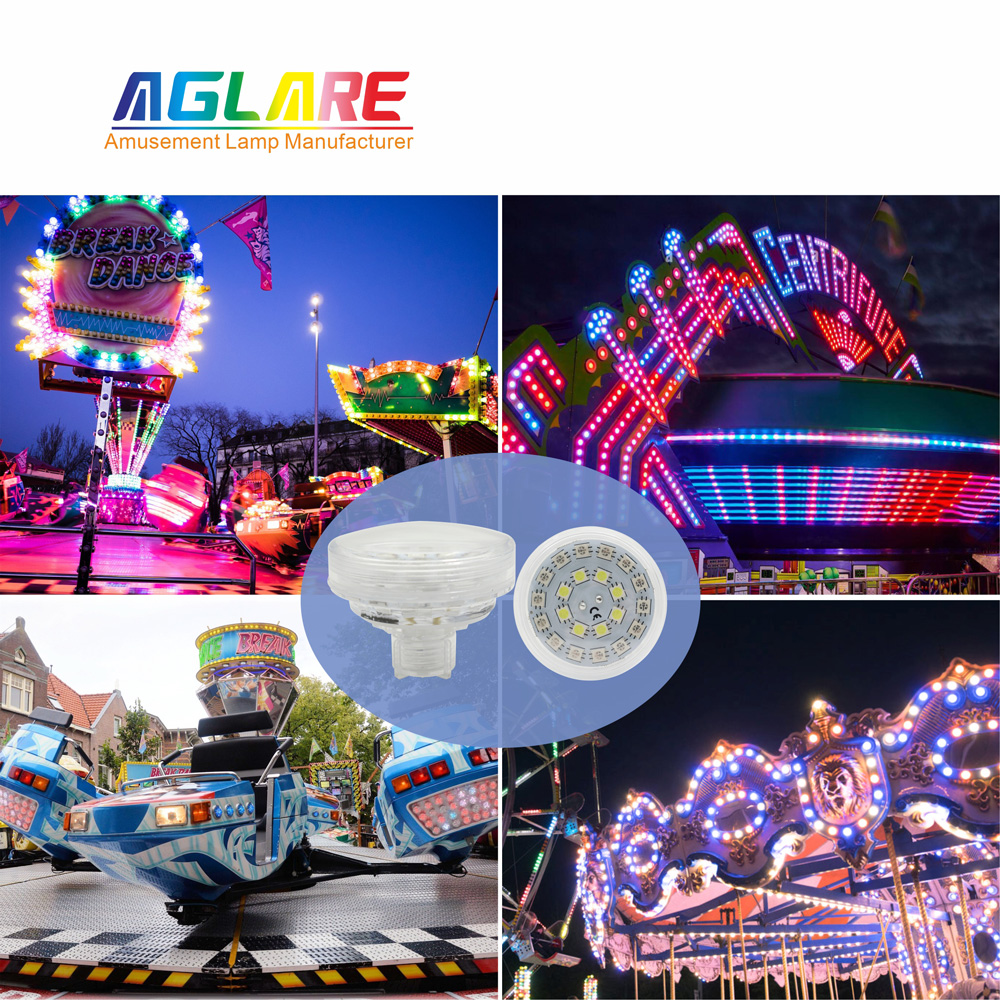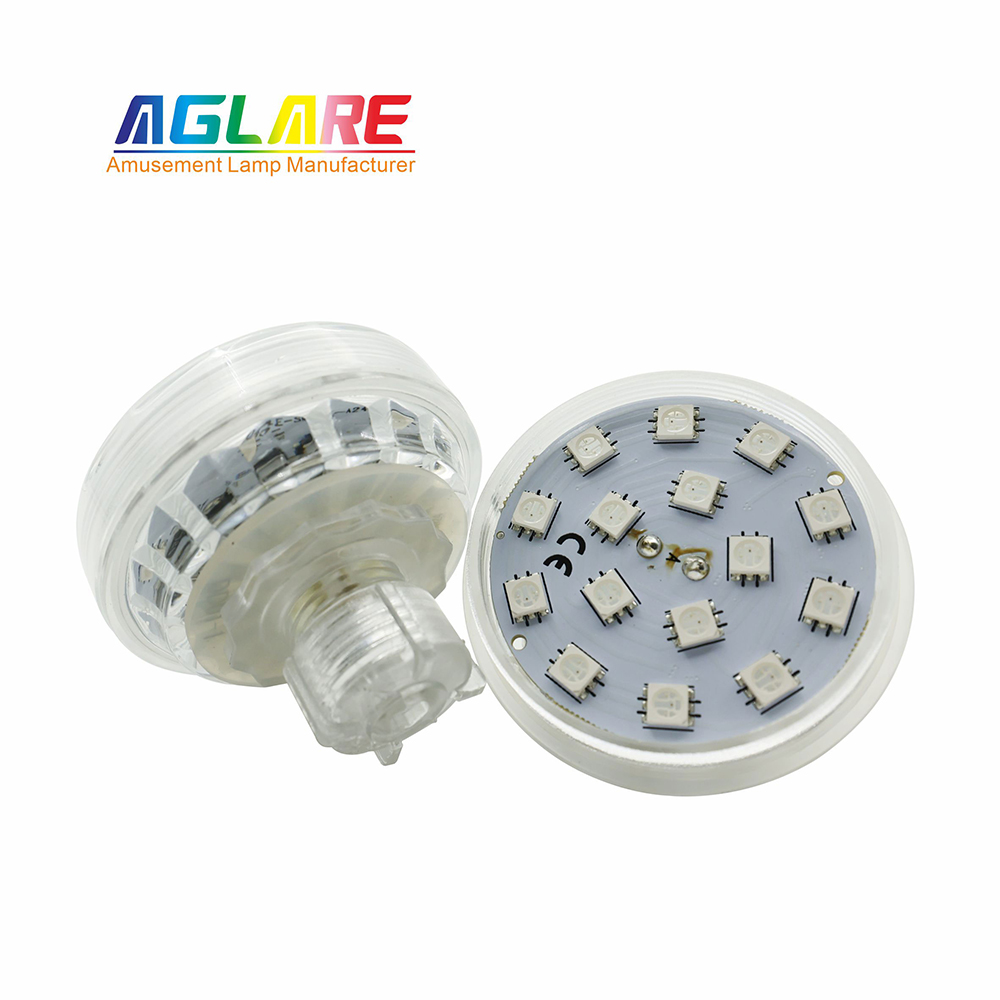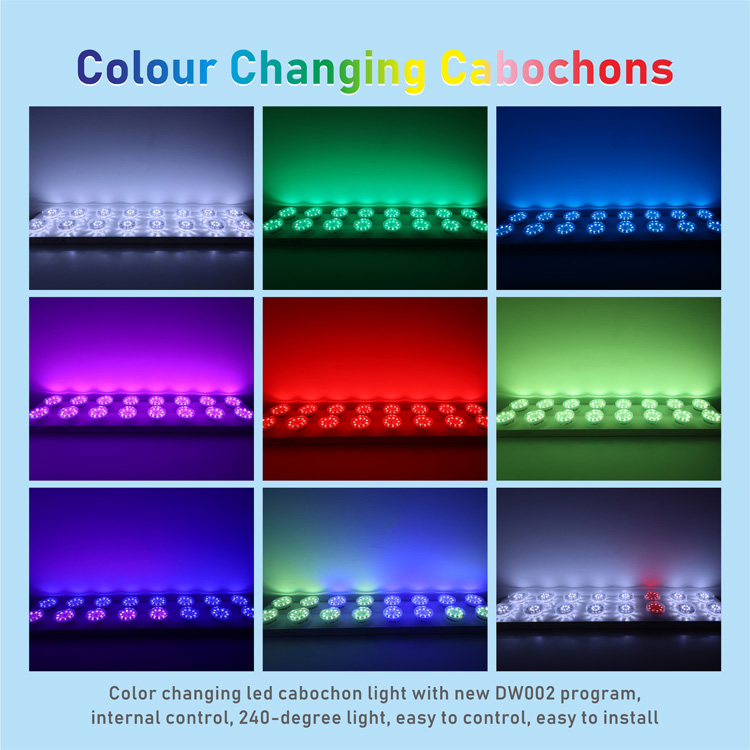Greetings in The Mighty Name of Jesus, The Christ!!!
Call To Order
Brothers and Sisters we Must think, meditate on the following Scripture, Examining one’s self before Jesus and Not Before Man.
1 Peter 4:17 KJV
“For the time [is come] that judgment must begin at the house of God: and if [it] first [begin] at us, what shall the end [be] of them that obey not the gospel of God?"
This Question bears a Question of What Judgment shall the Church receives? Jesus has made a Paradox it would seem in The Gospel that all who are Born Again, Blood Bought, must answer, that is, The Fathers Will. We make the Answer to simple and in this simplicity have led many astray. For we tell the Lost that all they have to do is Confess Jesus as their Lord and Savior and it is done. They now have a Free Ticket into Heaven because all they needed to do was Speak a phrase that granted them entrance and not only that, but have also told them that they are Accepted Just As They Are, giving the illusion of an Assured Safety when Jesus returns. We have given them the Illusion that now, no matter what, they have a Ticket into Heaven that cannot be Revaluated.
Judgment at the House Of God will be Revealing and it will be at the Hands of the Leadership. For those who do not understand, look in Your Bible and find the Woes that Jesus spoke to the Leaders of the Church at that time, then begin to weigh, Today to Yesterday.
From the Beginning of the Old Testament to the End of the New Testament the message is the same, that is, have a Relationship with God in Obeying Without Turning. It has Not Changed.
Hebrews 13:8 KJV
“Jesus Christ the same yesterday, and to day, and for ever."
If Jesus is the Same Yesterday, Today and Forever and He is The Living Word Of The Father, then Church we have a serious problem on our hands. If we take Jesus dying on a Cross, shedding His Blood to Cover Sins, setting it to the side for just a moment, then what you have is a Relationship In Obedience To God The Father. I know many of you are thinking that we cannot do this, but Jesus did it first!
Matthew 7:21 KJV
“Not every one that saith unto me, Lord, Lord, shall enter into the kingdom of heaven; but he that doeth the will of my Father which is in heaven."
Luke 22:42 KJV
“Saying, Father, if thou be willing, remove this cup from me: nevertheless not my will, but thine, be done."
John 18:10-11 KJV
"10 Then Simon Peter having a sword drew it, and smote the high priest's servant, and cut off his right ear. The servant's name was Malchus. 11 Then said Jesus unto Peter, Put up thy sword into the sheath: the cup which my Father hath given me, shall I not drink it?"
We find that Jesus was always concerned about Doing The Fathers Will in All Things. Jesus always pointed to The Father dealing with How we should Live and Jesus always had a Choice to Follow The Fathers Commandments or do His Own Thing.
Matthew 26:53-54 KJV
"53 Thinkest thou that I cannot now pray to my Father, and he shall presently give me more than twelve legions of angels? 54 But how then shall the scriptures be fulfilled, that thus it must be?"
John 5:19 KJV
“Then answered Jesus and said unto them, Verily, verily, I say unto you, The Son can do nothing of himself, but what he seeth the Father do: for what things soever he doeth, these also doeth the Son likewise."
For again the Paradox remains if you only read one side of the coin, that is Salvation is on one side and Obedience is on the other side. All these years you have been Presenting only One Side of a Coin, when it takes Both Sides to please Jesus, The Father and Holy Spirit!
See it is easier for you to Present only the One Side, believing it was a Numbers Game. That the more you could get Saved the better for you in God’s Eyes, but see The Truth is not The Truth if everything is Not Presented. So then, when we introduce Jesus as Savior we must also at the same time introduce Jesus as Lord, meaning, that we introduce Jesus as Savior then Lord. You have Spoken it backwards for hundreds of years, you say, Jesus is Lord and Savior to a New Born Again, leaving them to think they are Saved No Matter What. If we look above at the Scriptures we find that Jesus said calling me Lord will Not get you Saved but, ONLY he that Does My Fathers Will.
So to those of you who like to quote Romans 10:9 – 10 without giving the Lordship part, STOP!!! You are trying to give them One Side of The Coin, that without the other side being included is worthless!! To Build a Relationship with Jesus, The Father and The Holy Spirit, BOTH SIDES OF THE COIN MUST BE PRESENTED!!!
If I tell my child these three things, then according to most of you they are Eternally Saved, Confess Jesus as Lord and Savior, Get Baptized, Go to a Bible teaching church, at this point All Is Done! Nothing is said that now that You have Accepted Jesus as Lord and Savior, you must Obey His every Word, instead you leave them with Savior and Go to church and Baptized. We MUST Introduce to them that Jesus is First Savior then We Make Jesus Lord Over Our Life!
If we Improperly Teach them the Results are Improper Living. If we do not first isolate them and explain what it means for Jesus to be Savior and then isolate them and explain what it means for Jesus to be Lord, then We as a Church have failed at Preaching the Gospel!!!
Judgment is coming to The Church first and it will deal with How we Live according to The Fathers Will and I also believe it will deal with How we have Presented Jesus to the World!!! Many have gone astray because of What We have done as a Church, if we only Present a Half Truth, then that also means we are Presenting a Half Lie and the Lie is telling people that all you have to do is Confess Jesus as Lord and Savior and you are on your way to Heaven.
Romans 12:1-2 KJV
"1 I beseech you therefore, brethren, by the mercies of God, that ye present your bodies a living sacrifice, holy, acceptable unto God, [which is] your reasonable service. 2 And be not conformed to this world: but be ye transformed by the renewing of your mind, that ye may prove what [is] that good, and acceptable, and perfect, will of God."
These Scriptures are the Other Side of the Coin for Salvation, that we MUST Change from the inside out, that we cannot remain the same! If this part is Not Presented, then we have given False Hope sending them to the Lake of Fire at Judgment time.
I have lost those that when their Sin was confronted they disregarded The Truth and went and found them a church that would not confront their sin and because they Confessed Jesus as Lord and Savior were good to go!!!
Now, how did we get here?
2 Corinthians 11:12-15 KJV
"12 But what I do, that I will do, that I may cut off occasion from them which desire occasion; that wherein they glory, they may be found even as we. 13 For such [are] false apostles, deceitful workers, transforming themselves into the apostles of Christ. 14 And no marvel; for Satan himself is transformed into an angel of light. 15 Therefore [it is] no great thing if his ministers also be transformed as the ministers of righteousness; whose end shall be according to their works."
Matthew 7:15 KJV
“Beware of false prophets, which come to you in sheep's clothing, but inwardly they are ravening wolves."
John 10:13 KJV
“The hireling fleeth, because he is an hireling, and careth not for the sheep."
2 Peter 2:1 KJV
“But there were false prophets also among the people, even as there shall be false teachers among you, who privily shall bring in damnable heresies, even denying the Lord that bought them, and bring upon themselves swift destruction."
There are Four Offices, but not all who are in these Offices fit this, that have False Doctrine The Apostle, The Prophet, The Pastor and The Teacher. The only Office that is not mentioned as having False Doctrine is the Evangelist! The Church has tried to get rid of the Apostle and Prophet, but there are some that remain in hiding. The Pastor, can go on the Internet and get their Ordination and Teachers, most Pastor just fine someone willing to do the job, but almost all of them have not been Ordained By Jesus for such an Office that He has appointed.
Judgment is coming to The Church first are you ready? Judgment will be to all the False Doctrine that you have been led to believe without checking to see if it was right or not. This will include what Bible that You have chosen to believe, if it is Not a true Translation then you are following False Doctrine.
The Judgment that is coming to The Church will bear a great punishment. The church of today is Not The Church that Jesus shed His Blood for. I can drive down the street and pick whatever church fits MY Understanding and Preferences. If The Church were to be Standing on Doctrine of the first Apostles and Prophets then, I could drive down the street and find only The One Church that Agreed Upon Doctrine, even if there were forty Churches in a row, it would not matter!!!
The Church…
Philippians 2:2 KJV
“Fulfil ye my joy, that ye be likeminded, having the same love, [being] of one accord, of one mind."
The Church, NOT the church, should be in Like Minded In One Accord, Of One Mind, no matter if it is in the United States, Australia, Africa, United Kingdom, Canada, The Church would be in One Voice Of Agreement, having only One Doctrine to Stand On.
There are over 45,000 Christian denominations globally, and more than 200 in the United States. A Christian denomination is a religious organization that unites local congregations into a single body. Members of a denomination share similar beliefs and worship practices.
This should not be!!! There should only be One, but according to statistics, there are 45,000 different Documentation being taught. The very Offices that The Church does not care about, are the ones that should have never been removed, The Apostle, Prophet, Pastor and Teacher. I know, some of you are scratching you heads saying we have not gotten rid of these, except the Apostles and Prophets, they died out a long time ago, but we still have Pastors and Teachers. The Pastor has taken the place of the Apostles and Prophets. If you think not consider this, The Pastor in today’s time, sees that The Word lines up with His Beliefs and The Pastor gives Direction on where the church should go, thus, taking the place of the Apostle, Prophet. It is the Pastor or Board, that says who can Teach. But with Your Lack of Understanding, The Apostle, Prophet, Evangelist, Pastor and Teacher are Offices that Jesus Anointed and Setup, man cannot!!! Some of you say there were only twelve Apostles…count again, some of you say there is no need for Prophets today…Who’s giving Direction then.
Ephesians 4:11-16 KJV
"11 And he gave some, apostles; and some, prophets; and some, evangelists; and some, pastors and teachers; 12 For the perfecting of the saints, for the work of the ministry, for the edifying of the body of Christ: 13 Till we all come in the unity of the faith, and of the knowledge of the Son of God, unto a perfect man, unto the measure of the stature of the fulness of Christ: 14 That we [henceforth] be no more children, tossed to and fro, and carried about with every wind of doctrine, by the sleight of men, [and] cunning craftiness, whereby they lie in wait to deceive; 15 But speaking the truth in love, may grow up into him in all things, which is the head, [even] Christ: 16 From whom the whole body fitly joined together and compacted by that which every joint supplieth, according to the effectual working in the measure of every part, maketh increase of the body unto the edifying of itself in love."
Do you really think these Scriptures are fulfilled? You, Church, have all but destroyed these Scriptures for Your own satisfaction!! We sure are not in Unity Of Faith, those Offices that would have made sure of that you kicked out of the club!!! Most of you follow the Orders of a Pastor or an Elected Board and Jesus doesn’t have a thing to do with them!!!
I want you to Follow Jesus and He gave the Offices to insure that. The Offices are The Government Of Jesus to be as He is and The Father is and as The Holy Spirit is. My Office is an Apostle To The Church in these the Last Days of The Gentiles. I do not care if you believe, disagree, walk away, call me names, whatever, I will Stand Upon The Word and will not move rather you like it or not. This is part of My Calling…
Isaiah 58:12 KJV
“And [they that shall be] of thee shall build the old waste places: thou shalt raise up the foundations of many generations; and thou shalt be called, The repairer of the breach, The restorer of paths to dwell in."
I am a Watchmen on the wall, seeing what Teachings are being taught, what Preaching is being done and if it does not line up with The Word, then I open my mouth, regardless of the outcome, but, in Hope of Correction according to The Word and The Holy Spirit. Judgment Of The Church is coming, you better make sure it lines up With The Word.
Brothers and Sisters we all have a choice to Walk as Jesus or Walk as Man. Think on this, there is less than %10 who Walk as Jesus and most of them are the Persecuted ones. There are a lot of you who cry out “Come Jesus, Come…”, but do you realize Your Judgment? The Judgment that is coming upon The Church will not be a little smack on the hands, it may very well deal with where you go.
Amen and Amen!!!
Email: godsonlyfoundation@gmail.com
Website: ApostleLee.com
Psalm 49 starts with the following statement, "Listen to this, all you people! Pay attention, everyone in the world!" The Psalmist laid out the message of redemption. Click on the link below and let today's post encourage your heart. Also share it with someone else. #BibleStudy #Devotions #Evangelism #Psalms



 https://bsptools.com/wp-content/uploads/2024/09/Gas-Saw-Blade-350x204.png 350w,
https://bsptools.com/wp-content/uploads/2024/09/Gas-Saw-Blade-350x204.png 350w,  https://bsptools.com/wp-content/uploads/2024/09/Metal-Cutting-Technique-350x204.jpg 350w,
https://bsptools.com/wp-content/uploads/2024/09/Metal-Cutting-Technique-350x204.jpg 350w,